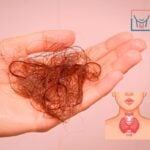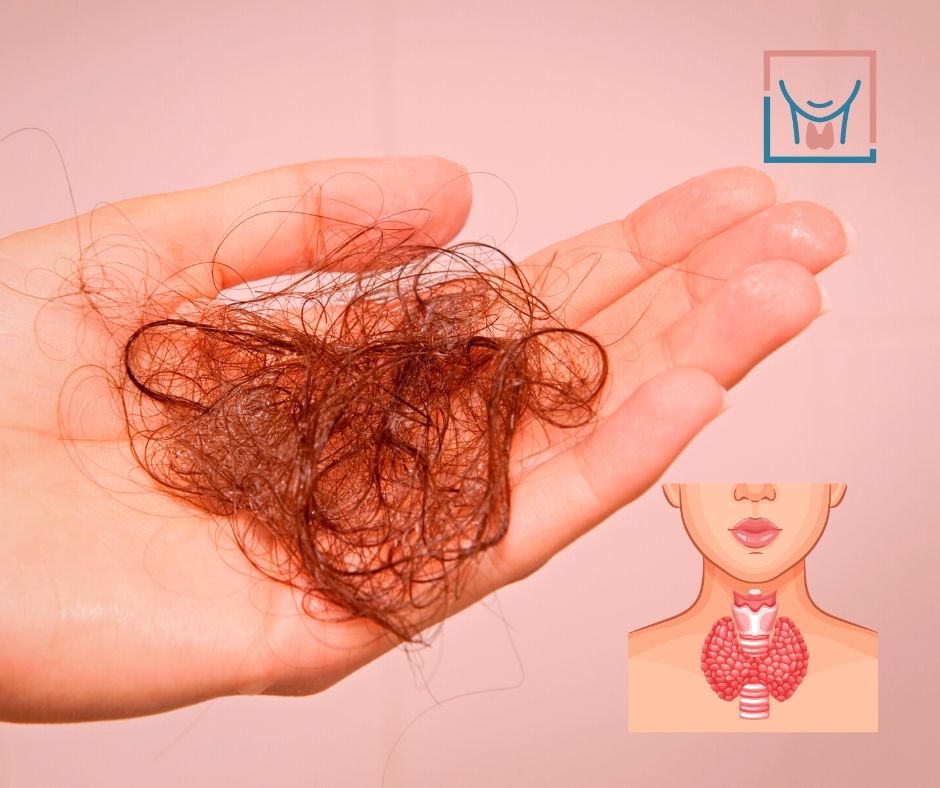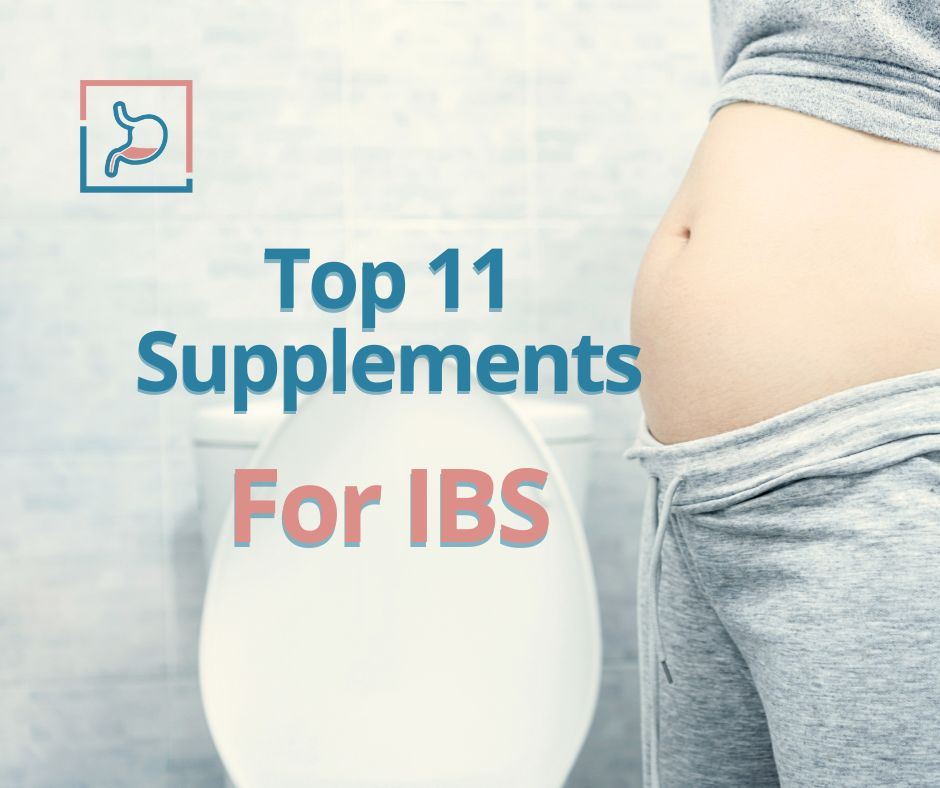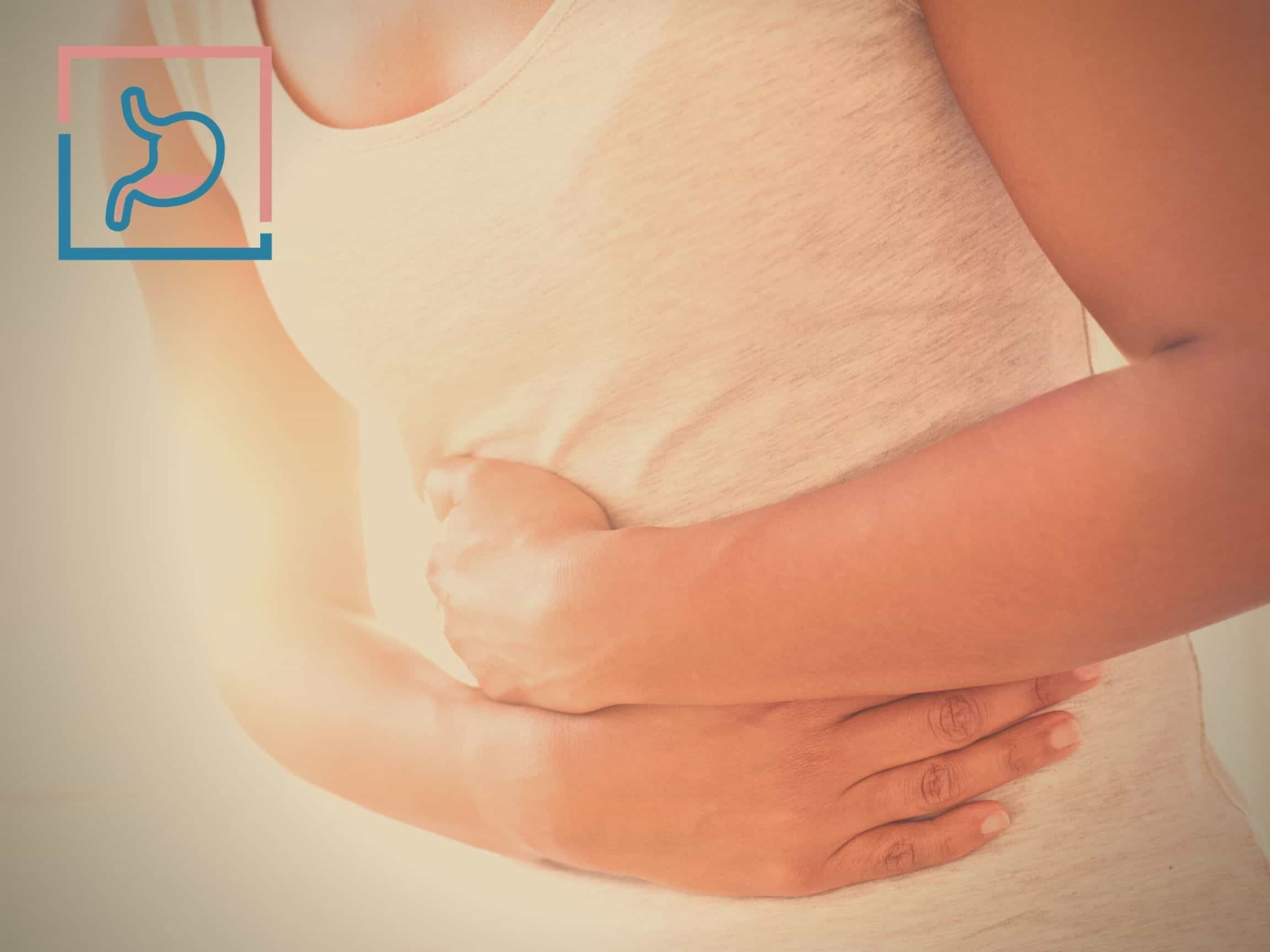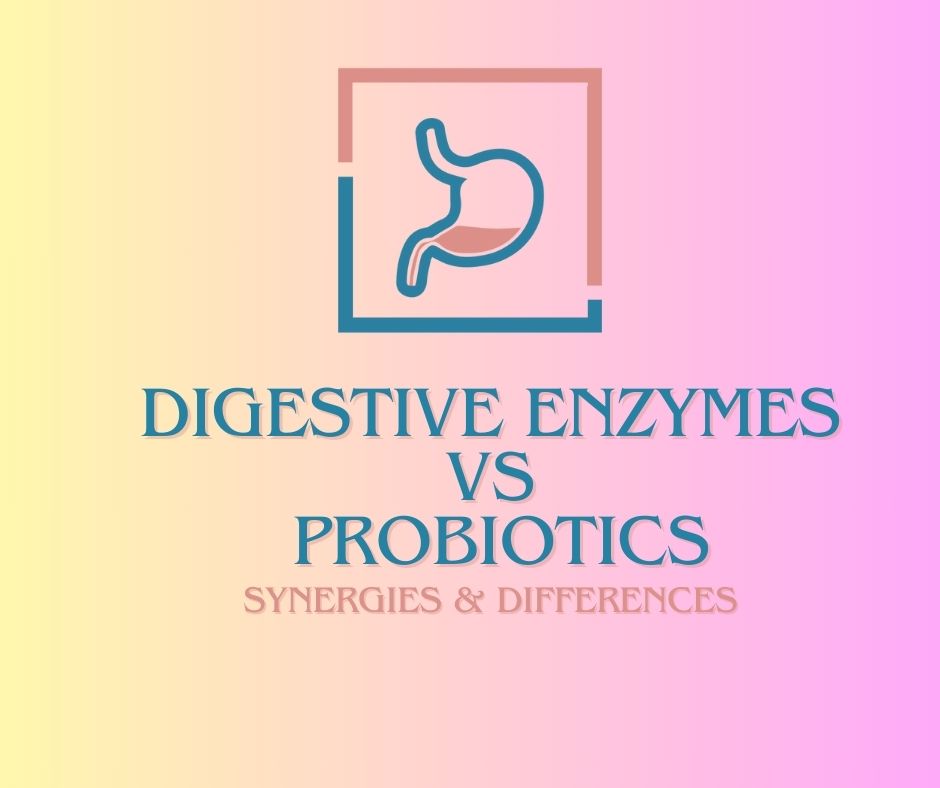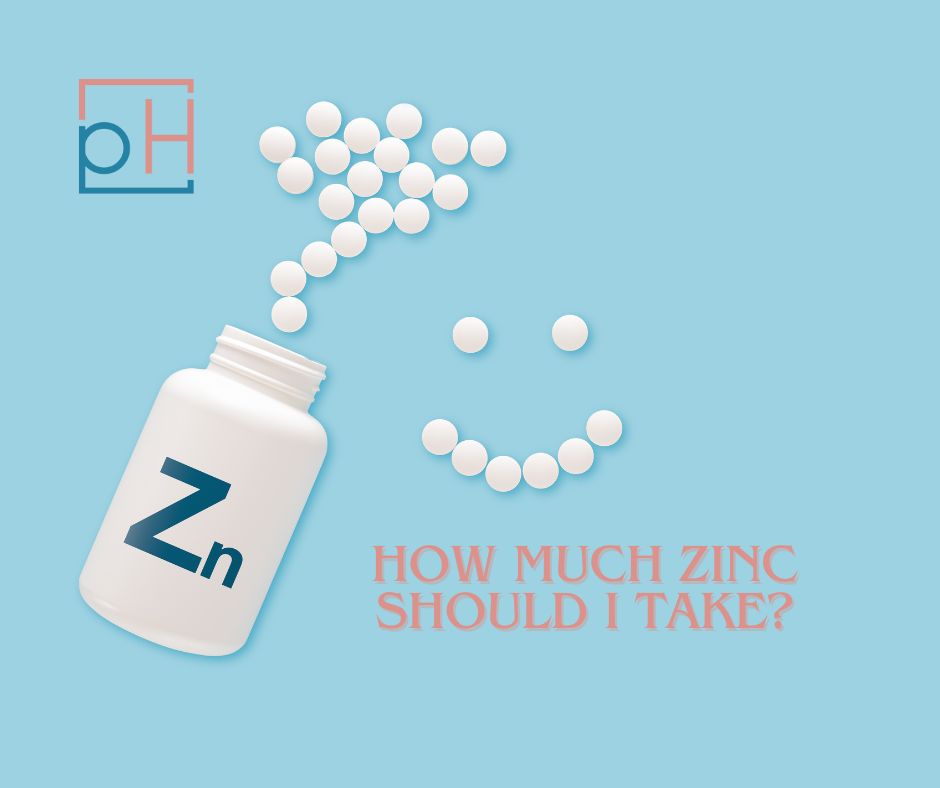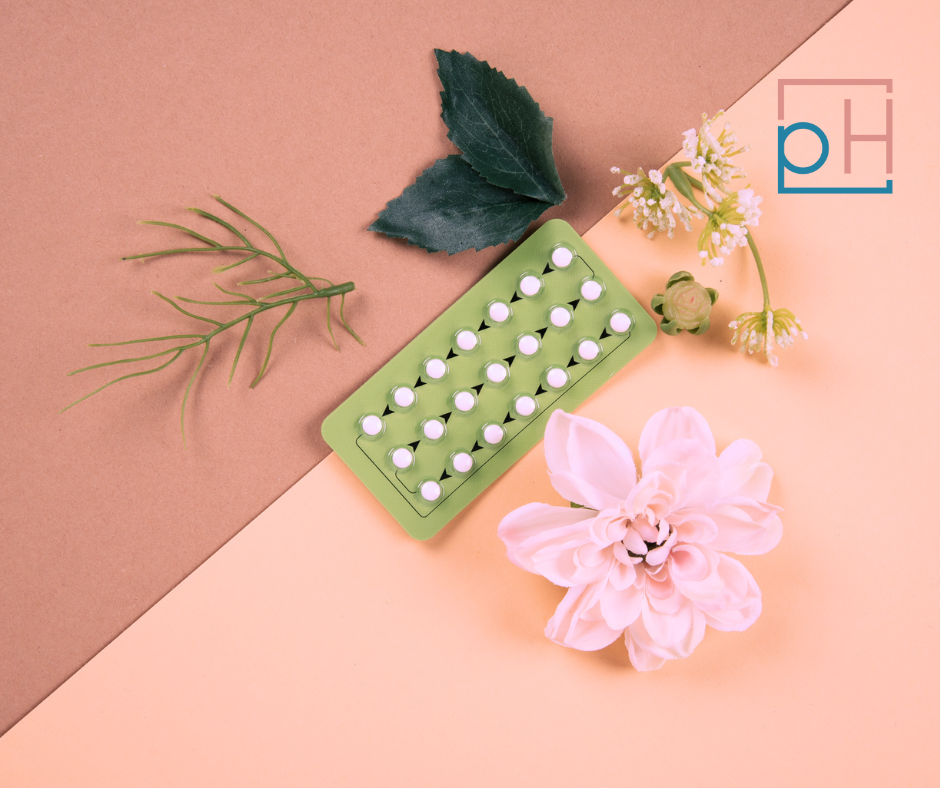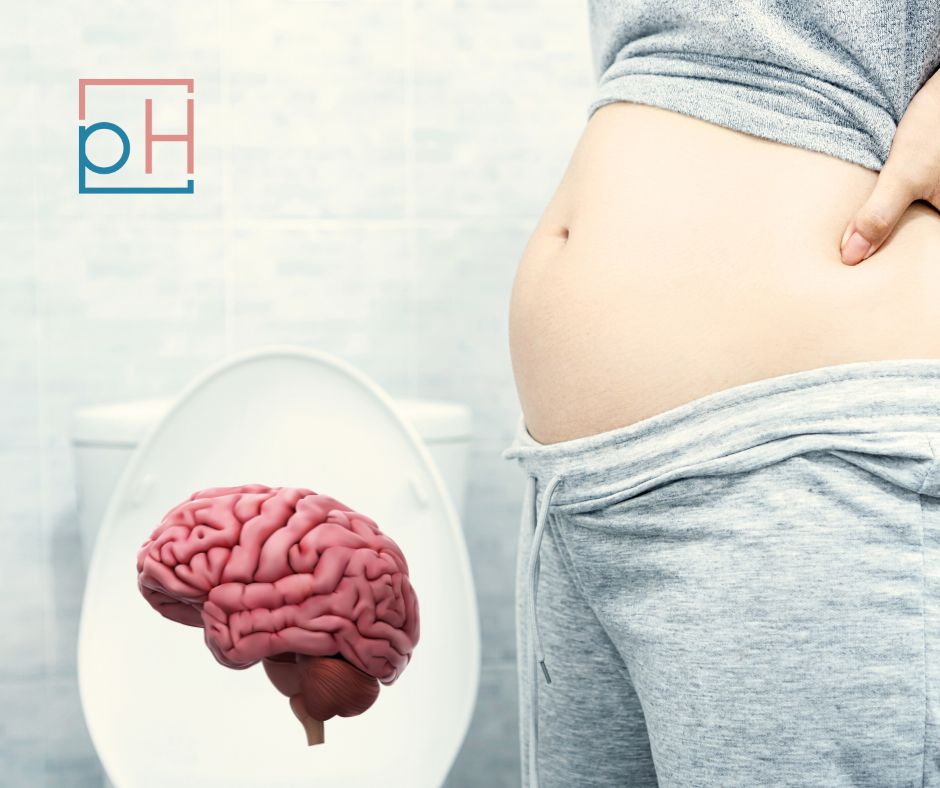Interstitial cystitis (IC) is a chronic condition that causes bladder pain, bladder pressure, pelvic pain, and urinary urgency. Symptom intensity and duration can vary depending on the level of inflammation in the bladder wall.
According to the National Institute of Diabetes and Digestive and Kidney Diseases and the Interstitial Cystitis Association, this autoimmune disease is also known as:
- IC
- Painful bladder syndrome (PBS)
- Bladder pain syndrome (BPS)
- Chronic pelvic pain
- Hypersensitive bladder syndrome
The integrative providers at PrimeHealth help patients struggling with autoimmune disease to discover and address the root cause. If you’re in Colorado, we’d love to help! Schedule a 15-minute consultation today.
Symptoms
Symptoms of interstitial cystitis differ from person to person. Most people experience pressure or pain in their bladder and/or pelvis. Some IC patients experience more frequent urination or pelvic floor spasms.
The most common symptoms of IC include:
- Pelvic pain: People with IC often experience chronic pain in the pelvic region. This pain might be constant or sporadic, ranging from mild discomfort to severe distress.
- Increased urinary frequency: Individuals may feel the need to urinate more often than usual, sometimes as often as 40-60 times a day in severe cases, including frequent nighttime urination (nocturia).
- Urinary urgency: This is a sudden and overwhelming need to urinate immediately, which might be difficult to control.
- Pain as the bladder fills: The pain or discomfort typically increases as the bladder fills with urine and often decreases after urination.
- Pain during sexual intercourse: Many individuals with IC report pain during sexual activities, which can affect both physical intimacy and emotional well-being.
- Discomfort or pain in the urethra, lower abdomen, lower back, or pelvic area: The pain can vary in exact location and intensity, often described as a burning sensation in the bladder or urethra.
IC flare-ups can be triggered by stress, menstrual cycles, sexual activity, or certain foods or drinks, especially citrus fruits. Symptoms may increase and decrease over time.
Causes
Research into IC is ongoing, but here are some of the potential causes and contributing factors that have been proposed:
- Defective bladder lining
- Autoimmune reactions
- Bladder injury, trauma
- Spinal cord injury or neurogenic abnormalities
- Injury or trauma from surgery
- Pelvic floor muscle dysfunction
- Inflammation of the pelvic nerves
- Bladder overdistension
- Hormonal changes or imbalances
- Bacterial infection
- Genetics
What is the root cause of interstitial cystitis? The exact cause of interstitial cystitis (IC) is not well understood and is believed to be multifactorial, meaning it likely results from a combination of several contributing factors rather than a single cause. Different factors in different individuals likely cause IC.
Although it is unclear if these are direct causes, many interstitial cystitis patients also suffer from other medical conditions. Conditions related to IC include:
- Irritable bowel syndrome (IBS)
- Depression, anxiety
- Chronic fatigue syndrome
- Fibromyalgia
- Vulvodynia
- Endometriosis
- Allergies
Women are 2-3 times more likely to get IC than men.
Diagnosis
There is no definitive test for a diagnosis of interstitial cystitis. A urologist or healthcare provider make a diagnosis by reviewing a combination of your medical history, physical examinations, symptoms, and diagnostic testing. Factors and tests may include:
- Medical history and symptom review to understand the nature, frequency, patterns, and severity of pelvic pain and urinary urgency.
- Physical examination to check for causes of pain. In women, this would include a gynecological exam, and in men, an examination of the rectum, prostate, and scrotum. During these exams, a urine test, or urinalysis, is used to rule out bladder infections.
- Specialized testing, such as:
- Potassium Sensitivity Test (PST): Adding solutions to the bladder to provoke symptoms
- Cystoscopy: An examination of the inside of your bladder with a cystoscope
- Urodynamics: A test that uses catheters to assess urethra and bladder capacity and how well they release urine. This procedure includes hydrodistention to stretch the bladder and can be combined with cystoscopy.
- Biopsy: to rule out other serious conditions
- Post-void urine volume: By ultrasound scanning, this measures the residual urine left in the bladder
Ruling Out Other Conditions
Because the exact cause of IC is still unknown, it is important to rule out similar conditions before they can settle on an IC diagnosis. (Note: These are not comorbidities; these are similar conditions which may better explain your symptoms.)
Conditions to rule out to diagnose IC:
- Urinary tract infection (UTI)
- Bladder cancer
- Sexually transmitted diseases
- Kidney stones
- Bladder stones
Types of Interstitial Cystitis
After a cystoscopic examination, your doctor will better understand the type of interstitial cystitis you are experiencing. Typing this condition as ulcerative or non-ulcerative helps guide treatment decisions and can provide some indication of what you can expect in terms of symptom management and prognosis.
However, regardless of the type, IC is a chronic condition that requires a tailored, and often multi-disciplinary, approach to treatment.
| Type | Description | Symptoms and Severity | Prevalence |
| Ulcerative IC | Identified by Hunner’s ulcers or patches, which are red, bleeding areas on the bladder wall. | More severe symptoms; patients might experience intense pain and discomfort. | Less common, but typically more severe. |
| Non-ulcerative IC | Absence of Hunner’s ulcers, but may include other signs of irritation and inflammation in the bladder. | Symptoms can vary widely; generally includes urinary urgency, frequency, and chronic pelvic pain. | More common, represents a broad spectrum of symptoms. |
End-Stage IC
There are not official stages of interstitial cystitis. Practitioners will categorize symptoms by mild, moderate, and severe. End-stage interstitial cystitis is defined as a hard bladder that triggers intense pain and possesses very low bladder capacity. Many cases of end-stage interstitial cystitis involve Hunner’s ulcers.
Only about 5% of IC patients develop end-stage IC. If you have interstitial cystitis, your life expectancy is not necessarily shorter. The chronic pain and stress associated with IC may, however, impact your overall health and well-being.
Treatment Options
If you suffer from painful bladder syndrome or IC, there are several potential treatment options, ranging from simple to more invasive.
Treatments for interstitial cystitis may include:
- Dietary changes
- Lifestyle changes
- Physical therapy (pelvic floor therapy)
- Cognitive-behavioral therapy (CBT)
- Bladder instillation
- Nerve stimulation
- Medications
- Nerve blocks
- Botox injections
- Surgery
1. Dietary Changes
Dietary changes are the first-line IC treatment. Acidic foods tend to be a culprit in exacerbating IC symptoms.
What dietary changes can help manage interstitial cystitis symptoms? Certain foods worsen IC symptoms and should be avoided. These include:
- Citrus fruits
- Tomatoes
- Potassium-rich foods
- Chocolate
- Caffeine
- Coffee
- Soda
- Tea
- Alcohol
- Artificial sweeteners
- Spicy foods
Does drinking water help interstitial cystitis? Some IC patients find that drinking less water results in fewer trips to the bathroom. Other IC patients find that drinking more water results in less painful urination.
Either way, don’t chug your water; sip.
You may need to go on an elimination diet, like the autoimmune protocol (AIP) to figure out if certain foods are triggering your IC flares. Whether you are allergic or intolerant, certain foods and beverages affect various people differently. If you find you’ve reintroduced a food, and it triggers symptoms of IC, you know to avoid that food.
2. Lifestyle Changes
Lifestyle changes can help to address your IC symptoms and provide an overall boost to wellness in general. Reducing stress is an important step in strengthening your immune system and your whole-person health. If your IC is caused by autoimmunity, stress relief if a must.
4 tips for reducing stress:
- Meditation and yoga
- Going outside
- Writing or art therapy
- Massage
IC often leads to low-quality sleep because you’re constantly getting up to go to the bathroom. Here are some relaxation techniques and tips for better sleep:
- Turn off technology 1-2 hours before bed to reduce blue light exposure.
- Take a warm shower at night so your body temperature starts to cool just in time for bed.
- Don’t eat anything or exercise within 2 hours of bedtime.
- Limit liquids. Avoid caffeine after lunch. Stick to water within 2 hours of bedtime.
Finally, exercise. Regular exercise keeps your body healthy and your immune system strong. Be careful and pay attention to any immediate symptom changes, since some exercises may trigger an IC flare.
3. Physical Therapy
Interstitial cystitis patients will often turn to physical therapy if lifestyle changes don’t relieve their symptoms.
Physical therapy is particularly helpful if you have pelvic floor dysfunction. The pelvic floor is a group of muscles that attaches your pelvis to surrounding body parts. The pelvic floor muscles are important to the function of your bladder, rectum, and uterus/prostate.
Trained physical therapists will do an initial assessment to find what you’re comfortable with and the severity of your condition. They’ll start with external techniques before moving to the slightly more intrusive internal techniques.
Methods a physical therapist might use for IC are:
- Deep tissue massage
- Trigger point therapy
- Joint mobilization
- Skin rolling
- Nerve release
- E-stim
- Cold laser
- Ultrasound
- Biofeedback
Search for a physical therapist with extensive experience treating IC patients.
4. Behavioral Therapy
The following behavioral therapies may offer relief from IC symptoms:
- Keeping a diary of your urination and dietary habits
- Controlled fluid intake
- Pelvic floor muscle training
- Bladder training
Bladder training can be done by yourself or with the guidance of a healthcare professional. To practice bladder training, set a schedule for when you urinate, instead of going whenever your bladder tells you to.
Also called bladder retraining, this is most effective when IC symptoms are mild.
5. Bladder Instillation
Also called “bladder cocktails”, bladder instillations are when medications are instilled directly into the bladder, typically using a syringe or catheter.
Examples of bladder instillations:
- Dimethyl sulfoxide (DMSO), the only FDA-approved bladder instillation
- Alkalinized lidocaine with heparin
- Sodium hyaluronate
- Heparin
6. Nerve Stimulation
Transcutaneous electrical nerve stimulators (TENS) send little electrical pulses to sacral nerves (in the lower back), which may relieve chronic pain and help with bladder function.
Also known as neuromodulators, nerve stimulation devices may be worn externally or implanted internally. Only IC patients who respond well to a test simulation are considered viable candidates for internal implants.
4 FDA-approved nerve stimulation treatments:
- Urgent PC Neuromodulation System
- InterStim Therapy for Urinary Control
- Eon Mini Rechargeable IPG System
- IF 3WAVE
7. Medications
Many conventional doctors and urology professionals prescribe medications to treat IC symptoms, even if the adverse side effects may worsen a patient’s overall quality of life.
What are the latest treatment options for interstitial cystitis? These oral medications may be prescribed to relieve IC symptoms:
- Amphetamines
- Antihistamines, such as hydroxyzine
- Antimuscarinics
- Anti-seizure drugs, such as gabapentin
- Leukotriene inhibitors
- Tricyclic antidepressants, such as amitriptyline
- Urinary antacids
Pentosan polysulfate sodium (Elmiron) is the only FDA-approved oral medication to specifically treat IC.
However, Emilron may be linked to the development of eye disease, so doctors and researchers are searching for safer alternatives. Make sure to discuss your current prescription and over-the-counter medications with your doctor to make the best decision for your treatment.
8. Botox Injections
Botulism toxin type A (Botox) may be used to treat interstitial cystitis.
Botox is not approved by the FDA to treat IC, but early studies indicate Botox is a safe and effective treatment for IC. However, botox needs to be readministered every 6-9 months for IC sufferers.
Direct needle injections are administered into the bladder to deliver botox for IC.
9. Surgery
If no other treatment improves your IC symptoms, you may need bladder surgery to help manage your IC. Because surgery is invasive, it’s used only when other treatments fail.
5 surgeries for IC:
- Urinary diversion
- Augmentation cystoplasty
- Orthotopic diversion
- Laser surgery (less invasive; only for ulcerative IC)
- Cystoscopy with hydrodistension (may be a treatment or diagnostic method)
The implantation of nerve stimulators can be considered surgery. Its risks are lower because patients need to respond well to test simulations first.
Risk Factors
Understanding the risk factors for interstitial cystitis can help in the early identification and management of the condition. Here are some known risk factors:
- Gender: Women are diagnosed with IC more often than men, although men can have it too.
- Age: IC is most often diagnosed in individuals in their 30s or older, but it can occur at any age.
- Chronic pain disorders: Having other chronic pain conditions, such as irritable bowel syndrome or fibromyalgia, might increase the risk.
- Skin and allergy conditions: Some skin conditions and allergies might be associated with a higher incidence of IC.
- Family history: There might be a genetic component, as those with a family history of IC may be at increased risk.
A Functional Approach to Autoimmune Disease Treatment
Interstitial cystitis is not well understood. A functional medicine approach of addressing the root cause of your IC, instead of just the symptoms, will give you the best chance of living a normal life with interstitial cystitis.
At PrimeHealth, we use cutting-edge research and alternative medicine to treat IC.
Functional practitioners may recommend acupuncture, chiropractic care, massage therapy, mindfulness techniques, or supplements.
Dietary supplements that may help with IC include:
- CBD
- Probiotics (not containing Lactobacillus strains)
- Aloe
- Omega-3 fish oil
- Calcium glycerophosphate
- Curcumin
- Boswellia
- Antiparasitic and antifungal herbs
Consult your healthcare provider before you start taking any new dietary supplements.
Because IC has many different possible causes, it takes an integrative specialist to effectively diagnose the root cause of your IC and treat that root cause. Conventional doctors may say there’s no cure — but we know that in finding and addressing root causes, there is hope for reversal.
Our very own Soyona Rafatjah, MD, owner of PrimeHealth, spoke to Bustle in 2019:
“I have had patients who were suffering from IC and were able to resolve things after various interventions.
“There is currently no consensus on its origin, and studies have shown that the treatments that work for individuals are highly variable. Therefore, it’s impossible to come up with one treatment that works for all IC patients.
“It’s most important to consider all possible inflammatory causes in an individual’s history to come up with the best treatment approach.”
When to Call A Doctor
If you’re experiencing the following symptoms, schedule an appointment with your doctor:
- Increased urinary frequency
- Urinary urgency
- Urinary incontinence
- Pelvic pain
- Pain during sexual activity
If these symptoms interfere with your daily life and you think you may have interstitial cystitis, visit us at PrimeHealth in Denver, Colorado. We offer free over-the-phone consultations and a unique approach to personalized integrative medicine.
Sources
- Nickel, J. C., Tripp, D. A., Pontari, M., Moldwin, R., Mayer, R., Carr, L. K., … & Nordling, J. (2010). Interstitial cystitis/painful bladder syndrome and associated medical conditions with an emphasis on irritable bowel syndrome, fibromyalgia and chronic fatigue syndrome. The Journal of urology, 184(4), 1358-1363.
- McLennan, M. T. (2014). Interstitial cystitis: epidemiology, pathophysiology, and clinical presentation. Obstetrics and Gynecology Clinics, 41(3), 385-395.
- Jalbani, I. K., & Ather, M. H. (2014). The accuracy of three-dimensional bladder ultrasonography in determining the residual urinary volume compared with conventional catheterisation. Arab Journal of Urology, 12(3), 209-213.
- Morey, J. N., Boggero, I. A., Scott, A. B., & Segerstrom, S. C. (2015). Current directions in stress and human immune function. Current opinion in psychology, 5, 13-17.
- Thompson, C. W., Roe, J., Aspinall, P., Mitchell, R., Clow, A., & Miller, D. (2012). More green space is linked to less stress in deprived communities: Evidence from salivary cortisol patterns. Landscape and urban planning, 105(3), 221-229.
- Nieman, D. C., & Wentz, L. M. (2019). The compelling link between physical activity and the body’s defense system. Journal of sport and health science, 8(3), 201-217.
- Chaiken, D. C., Blaivas, J. G., & Blaivas, S. T. (1993). Behavioral therapy for the treatment of refractory interstitial cystitis. The Journal of urology, 149(6), 1445-1448.
- American Academy of Ophthalmology. (2019, October 12). More evidence linking common bladder medication to a vision-threatening eye condition: New study shows about a quarter of patients with significant exposure to the drug show signs of retinal damage. ScienceDaily.
- Jhang, J. F. (2019). Using Botulinum Toxin A for Treatment of Interstitial Cystitis/Bladder Pain Syndrome—Possible Pathomechanisms and Practical Issues. Toxins, 11(11), 641.
- Tyagi, P., Tyagi, V., Yoshimura, N., & Chancellor, M. (2010). Functional role of cannabinoid receptors in urinary bladder. Indian Journal of Urology: IJU: Journal of the Urological Society of India, 26(1), 26.
- Whitmore, K. E. (2002). Complementary and alternative therapies as treatment approaches for interstitial cystitis. Reviews in urology, 4(Suppl 1), S28.
- Tamma, S. M., Shorter, B., Toh, K. L., Moldwin, R., & Gordon, B. (2015). Influence of polyunsaturated fatty acids on urologic inflammation. International urology and nephrology, 47(11), 1753-1761.
- Bologna, R. A., Gomelsky, A., Lukban, J. C., Tu, L. M., Holzberg, A. S., & Whitmore, K. E. (2001). The efficacy of calcium glycerophosphate in the prevention of food-related flares in interstitial cystitis. Urology, 57(6), 119-120.


